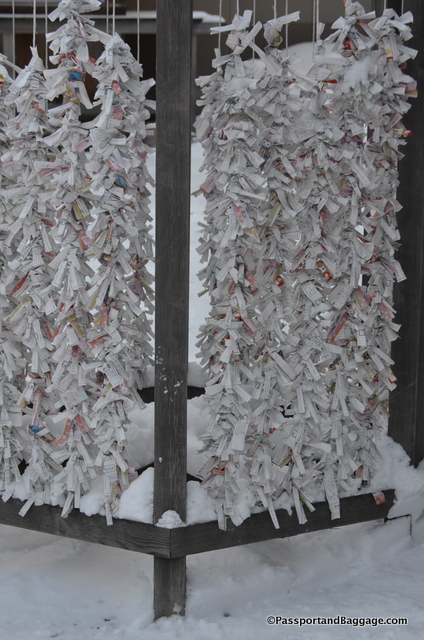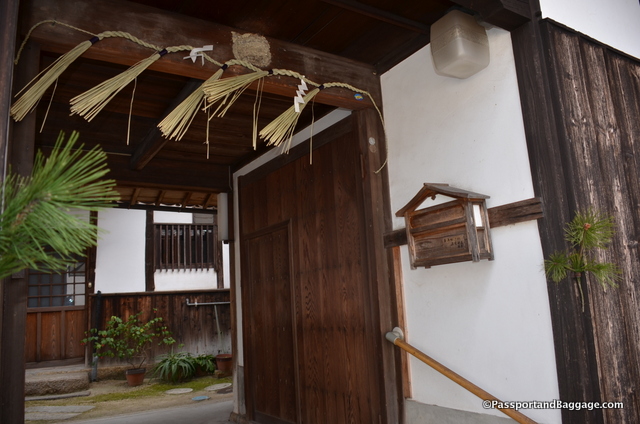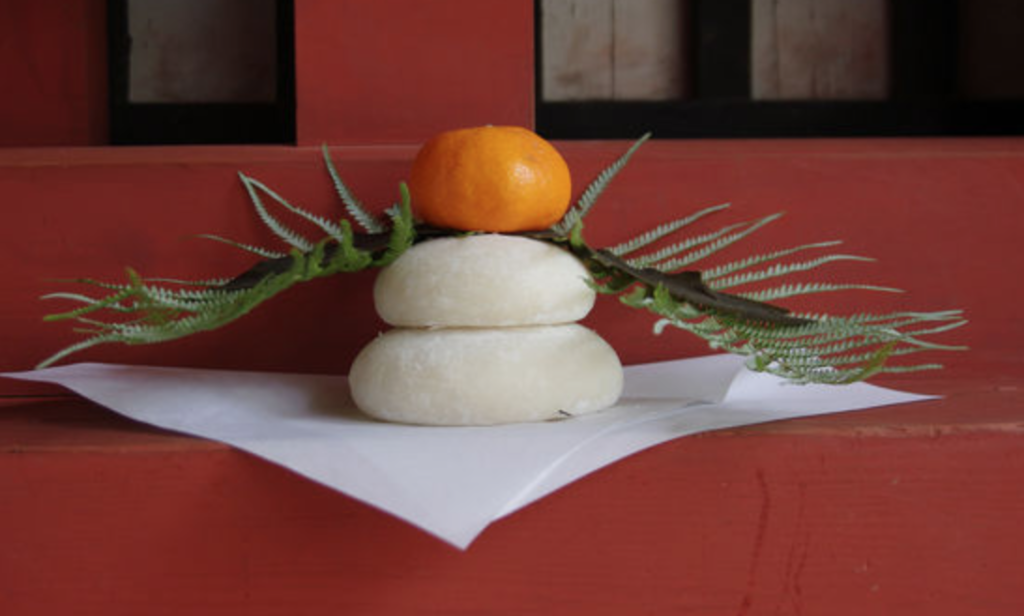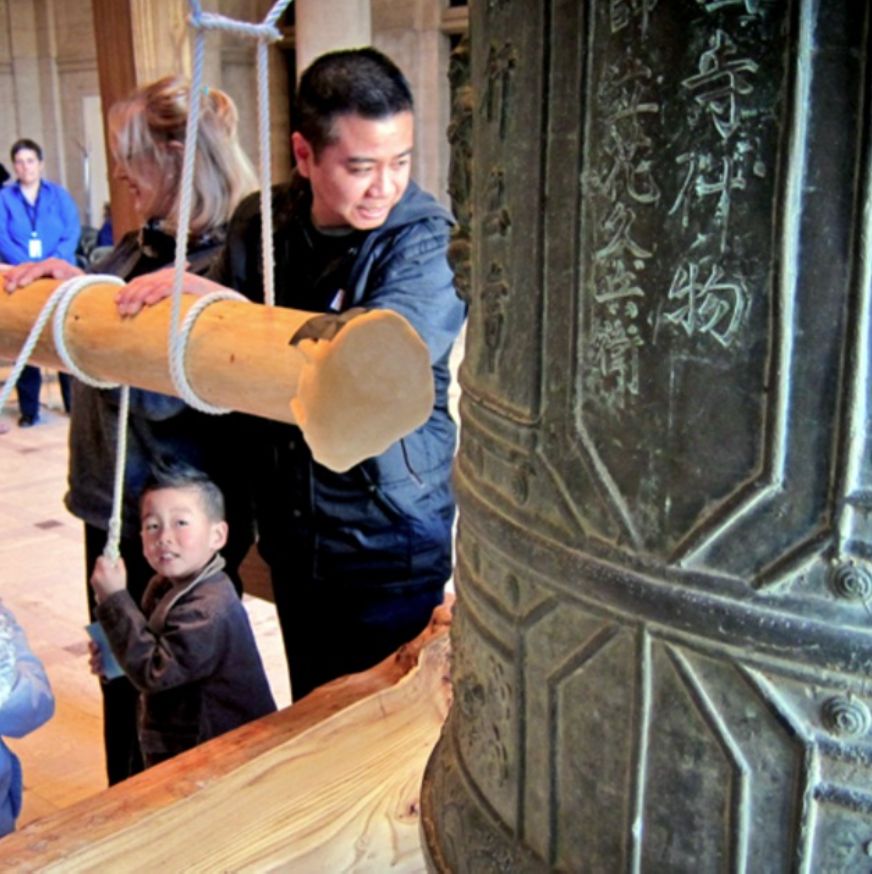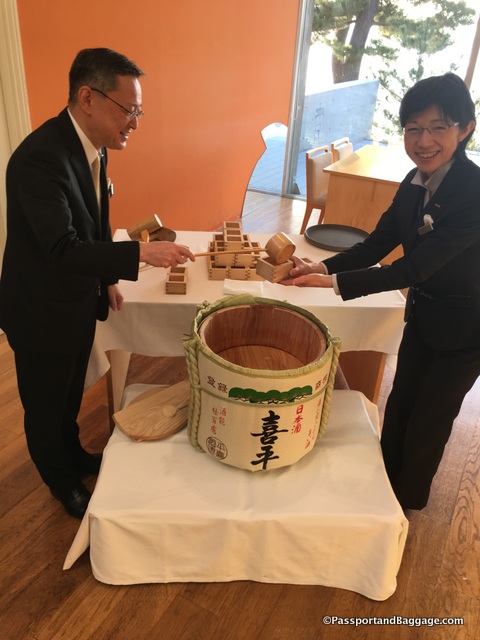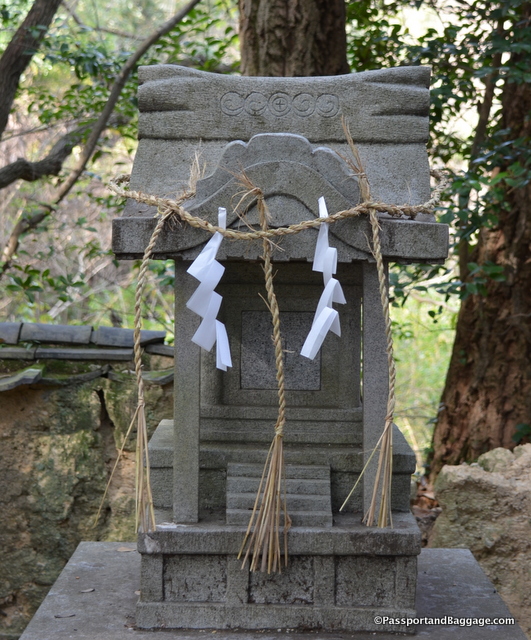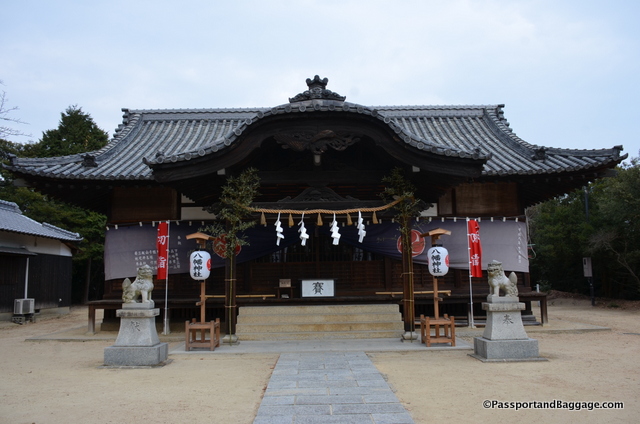Like many countries, New Years preparations begin before the actual day. There is a very large Shinto Shrine, also called the Hokkaido Shrine Jingu at Marayuma Park in Sapporo. The snow conditions made a trip there difficult, so I visited the local version closer to town, near the Nijo Fish Market.
It was a few days before the New Year and I wanted to pick up some blessing amulets and place an ema (pronounced emma) at the shrine.
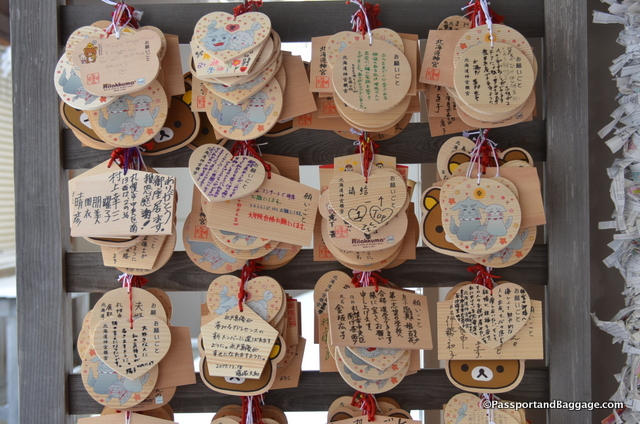
Ema’s on the right ( “picture-horse”) are small wooden plaques, common to Japan, in which Shinto and Buddhist worshippers write prayers or wishes. The ema are left hanging up at the shrine, where the kami (spirits or gods) are believed to receive them
Ema are prayer boards that are related to an old tradition of donating horses to shrines. It’s popular to write your wishes for the coming year on an ema at New Years.
Omikuji are fortunes that are available at shrines and temples. Your fortune is determined by choosing a stick from a specially designed box.
New Years is a natural time for people to be curious about their future. If you get a bad fortune it’s customary to leave it behind at the shrine by tying it at the designated spot.
I am actually spending New Year’s Eve on the island of Naoshima and have been wandering and appreciating the signs of the New Year.
A few days after Christmas, the entrances to many homes, stores, and buildings in Japan are decorated with a pine and bamboo kadomatsu. This decoration is prepared to welcome the Shinto gods and derives from the Shinto belief that the god spirits reside in trees. Furthermore, the display of pine and bamboo expresses the desire to obtain virtue and strength to overcome adversity.
Entrances to ordinary homes are decorated with a shimenawa braided straw rope. Like the kadomatsu, it signifies that the home has been purified in order to welcome the gods.
Kagami Mochi is a New Years decoration that traditionally consists of two mochi rice cakes with a daidai fruit on top. They are associated with longevity and are eaten on the first weekend after New Years.
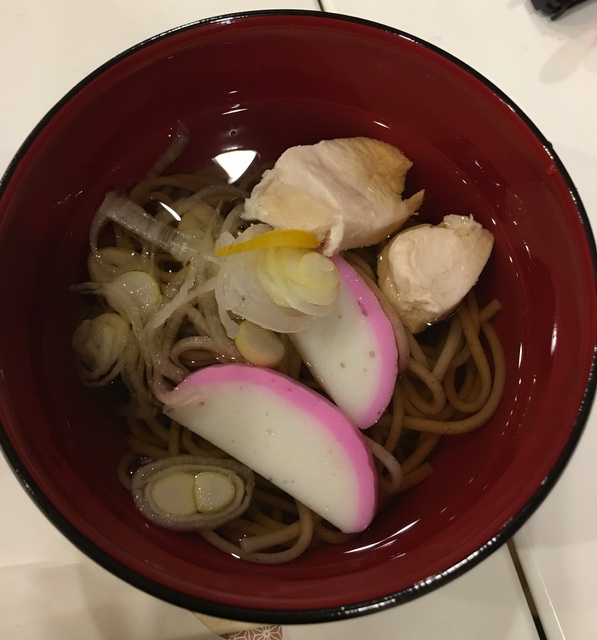
You must have soba noodles at some point in the evening, or “Toshikoshi-Soba” when eaten on the night of New Year’s Eve. The reason and origin are not clear but the general theory is that people eat Toshikoshi-Soba with the hopes that they can live thin (frugally) but long, just like Soba noodles, in the coming year.
In the evening you head to the temple to ring in the New Year and warm yourself by the fire
Then there is sake. A drink of O-toso first thing on New Years Day is said to ward off sickness for the entire year ahead, as well as invite peace. There are rituals surrounding the serving and drinking of O-toso, at Bennesse House it was served a few times during the day and in various different ways.
Like any country in the world, there are, I am sure, far more rituals, but these are the ones I observed or took part in.
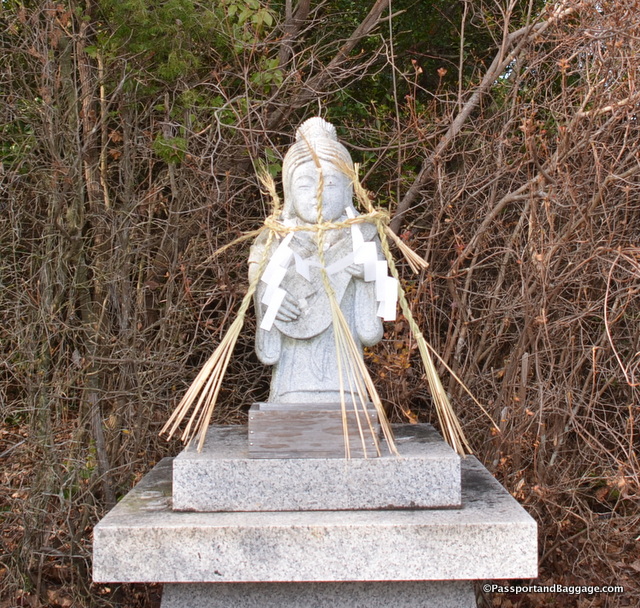
* Happy New Year – and I hope your 2018 is a great year for you and yours.
Happy New Year – and I hope your 2018 is a great year for you and yours.
